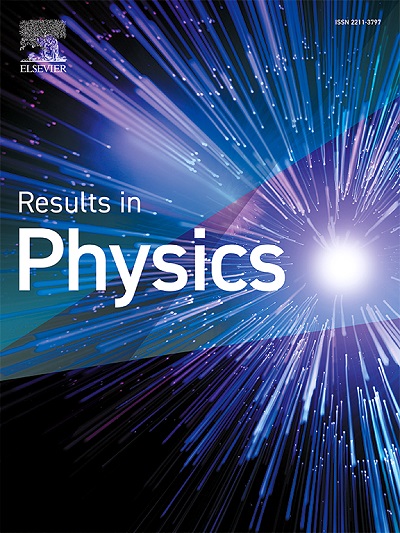Mg中常规{101¯1}孪晶剪切的温度和溶质依赖性
IF 4.4
2区 物理与天体物理
Q2 MATERIALS SCIENCE, MULTIDISCIPLINARY
引用次数: 0
摘要
孪晶所容纳的剪切变形与孪晶位错(TD)的Burgers矢量有关。然而,根据爬升图像推动弹性带(NEB)计算,与混合2层类型相比,边缘4层TDs诱导{101¯1}孪晶的常规剪切具有更高的成核能垒。本文通过分子动力学(MD)模拟和理论分析,对称地讨论了镁合金中四层TD形成的关键因素(温度和溶质)。热驱动力是四层TD成核和移动的必要条件,温度越高,临界分解剪应力(CRSS)越低。此外,溶质软化或硬化对元素类型、取代位置和浓度敏感。基于活化能势垒和CRSS, 4层TD对溶质Y的软化作用最明显的是溶质位于TB的第二层,其次是溶质Li。随着Mg-Y合金中溶质比例的增加,TD形核的CRSS明显降低。研究结果揭示了{101¯1}具有边缘特性的TDs的基本影响因素,可进一步指导Mg中常规剪切的操作,优化结构材料的力学特性。本文章由计算机程序翻译,如有差异,请以英文原文为准。
Temperature and solute dependency of conventional {101¯1} twinning shear in Mg
The shear deformation accommodated by twins is relevant to the Burgers vector of twinning dislocation (TD). However, according to the climbing image nudged elastic band (NEB) calculation, the edge 4-layer TDs which induce the conventional shear of {101} twin experience a substantially higher energy barrier to nucleate, by contrast to the mixed 2-layer type. Here, the critical factors (temperature and solute) on 4-layer TD formation have been symmetrically discussed in Mg alloys via molecular dynamics (MD) simulations and theoretical analysis. The thermal driving force is requisite for 4-layer TD nucleation and movement, along with the higher temperature, the lower critical resolved shear stress (CRSS). Moreover, the solute softening or hardening is revealed to be sensitive to the element type, substituted position and concentration. Based on the activation energy barrier and CRSS, the solute softening by 4-layer TD is most obvious when the solutes lie on the second adjacent layer of TB for solute Y, followed by solute Li. The CRSS of TD nucleation decreases obviously with the increased solute proportion in Mg-Y alloy. This work manifests fundamental influencing factors on the {101} TDs with edge characteristics, which could provide further guidance to operate the conventional shear in Mg and optimize the mechanical features of structural materials.
求助全文
通过发布文献求助,成功后即可免费获取论文全文。
去求助
来源期刊

Results in Physics
MATERIALS SCIENCE, MULTIDISCIPLINARYPHYSIC-PHYSICS, MULTIDISCIPLINARY
CiteScore
8.70
自引率
9.40%
发文量
754
审稿时长
50 days
期刊介绍:
Results in Physics is an open access journal offering authors the opportunity to publish in all fundamental and interdisciplinary areas of physics, materials science, and applied physics. Papers of a theoretical, computational, and experimental nature are all welcome. Results in Physics accepts papers that are scientifically sound, technically correct and provide valuable new knowledge to the physics community. Topics such as three-dimensional flow and magnetohydrodynamics are not within the scope of Results in Physics.
Results in Physics welcomes three types of papers:
1. Full research papers
2. Microarticles: very short papers, no longer than two pages. They may consist of a single, but well-described piece of information, such as:
- Data and/or a plot plus a description
- Description of a new method or instrumentation
- Negative results
- Concept or design study
3. Letters to the Editor: Letters discussing a recent article published in Results in Physics are welcome. These are objective, constructive, or educational critiques of papers published in Results in Physics. Accepted letters will be sent to the author of the original paper for a response. Each letter and response is published together. Letters should be received within 8 weeks of the article''s publication. They should not exceed 750 words of text and 10 references.
 求助内容:
求助内容: 应助结果提醒方式:
应助结果提醒方式:


